The Mi 10 has a lot to offer, but the 108MP camera alone isn't enough to give it an edge in this segment.
When you think of Xiaomi in India, the first thing that comes to mind is its Redmi phones. Although Redmi is now a standalone entity, Xiaomi and Redmi are synonymous in India, and that has been the way for the last five years. While Xiaomi is a major smart home player in China — where it sells over a thousand connected products — in India its focus has primarily been on phones.
That has changed in recent years as Xiaomi introduced its TVs, air purifiers, water purifier, and the Mi Box streaming box in the country, but the brand is still recognizable as a budget phone manufacturer. Xiaomi became the largest phone manufacturer in India two years ago on the back of strong sales in the entry-level and budget segments, and it has managed to stave off Samsung and Vivo to retain that title.
Xiaomi is now trying to shed this budget connotation. The brand now wants to be seen as a premium player in the country, and to that effect it is launching the Mi 10 in India. This is the first premium phone that Xiaomi has launched in India in over two years. The last phone aimed at the high-end segment was the Mi Mix 2, but that device failed to gather any sales momentum and Xiaomi's high-end efforts sort of fizzled out. As a result, customers in the country missed out on the Mi Mix 2S, Mi 8 series, Mi Mix 3, and the Mi 9 series.
Xiaomi is effectively starting from scratch in the premium category, and that creates a set of problems for the manufacturer. For starters, the brand has no cachet in the high-end segment. It is seen as a value player and a brand that focuses on the budget segment, so it now has the unenviable task of convincing buyers to pay ₹49,999 ($660) for a phone. That's nearly four times the asking price of the Redmi Note 9 Pro, so the brand has its work cut out.
The Mi 10 does have a few features that make it stand out. It has the same 108MP camera sensor as the Galaxy S20 Ultra, and it is rocking the latest internal hardware. But is that enough to stand out in India, where you can get a phone with a Snapdragon 865 chipset for just ₹34,990 ($460)? That's what we're here to find out.
At a glance
Xiaomi Mi 10
Bottom line: The Mi 10 combines a sleek design with the latest hardware money can buy and a fantastic 108MP camera that takes stunning photos in any lighting condition. There's also a vibrant 90Hz screen, massive battery with 30W wired and wireless charging, and excellent stereo sound. The only downside is MIUI — it continues to be aggravating to use.
Pros
- Class-leading 108MP camera
- Stunning 90Hz AMOLED display
- Snapdragon 865 chipset
- 30W wired and wireless charging
- Incredible stereo sound
Cons
- MIUI serves annoying notifications
- Auxiliary cameras are useless
- No IP rating
- Better alternatives available
About this review
I am writing this review after using the Mi 10 for five days in Hyderabad, India. The phone came with MIUI 11.0.4.0 out of the box, and did not receive any updates during the course of testing. Xiaomi India provided the unit to Android Central for review.
Xiaomi Mi 10 Design and display
Put the Mi 10 next to last year's Mi 9 and cover up the Xiaomi logos and you wouldn't be able to tell that the two phones were made by the same brand. The design aesthetic isn't new to Xiaomi — the dual-curved screen and symmetric curves at the back were introduced on the Mi Note 2 three years ago — but it is interesting to see the brand go back to that design language.
There's a good reason why Xiaomi is doing this: most high-end phones in 2020 feature the same glass sandwich design, and Xiaomi is just catering to what users want. An unwelcome addition is the hole-punch cutout that sits to the left, but that's again a constant on most flagships this year.
The Mi 10 combines an elegant design with a vibrant 90Hz AMOLED display.
The design itself is sleek, with the curves on both the front and back meeting the aluminum mid-frame. Xiaomi is offering the Mi 10 in Coral Green and Twilight Grey color options in India, and I'm using the latter option. The Twilight Grey model has distinct blue hues, and the glossy finish at the back is a fingerprint magnet. The phone is heavy at 208g, and the added heft is because of the oversized battery. But the weight distribution is balanced, and you don't necessarily notice the heft.
With curves on either edge, the Mi 10 isn't the most comfortable phone to use, but there is enough surface area on the sides to hold the device. Given that both the front and rear panes of glass are protected by a layer of Gorilla Glass 5, the phone should hold up just fine to the occasional tumble. That said, you should really invest in a case.
The design at the back is plain save for the Xiaomi logo and the 5G moniker (hilarious because you can't use 5G in India), but what immediately grabs your attention is the camera housing. The oblong housing holds three modules, with the fourth sensor sitting below in its own island. The LED flash sits below the fourth camera, and because the camera assembly juts out from the body, you get a decent amount of wobble when using the phone on a flat surface.
Rounding out the design, you get the power and volume buttons on the right, and two identical speakers located on the top and bottom. The SIM card tray sits at the bottom next to the USB-C charging port, and the positioning of the power button is just right — it sits where your thumb usually rests of the mid-frame. Like most Xiaomi phones, the Mi 10 has an IR blaster.
Unlike the global variant, the Mi 10 features dual SIM connectivity in India. There's no MicroSD card here, but with the base variant offering 128GB of storage, that should not be an issue. Xiaomi hasn't offered a 3.5mm jack on a flagship in three years, and with most phones in 2020 missing the jack, the Mi 10 is no longer the outlier in this regard.
The Mi 10 has the same panel as the Mi 10 Pro: you get a 6.67-inch FHD+ (2340x1080) AMOLED display made by Samsung. The 90Hz refresh rate makes everyday interactions that much smoother on the phone, and you also get HDR10+ for Netflix. This is the best screen Xiaomi put on a phone to date, and you get excellent color vibrancy and great viewing angles. Xiaomi is also touting TrueColor tech for the screen, with the feature delivering accurate colors that's ideally suited for content creators, designers, and artists.
The curved edges combines with razor-thin bezels makes the screen on the Mi 10 immersive to use. Another standout feature on the Mi 10 is the stereo speakers. Xiaomi is using two identical speakers at either end of the phone, and that leads to the loudest on-board speakers you'll find on a phone today.
The Mi 10 doesn't have QHD+ resolution or a 120Hz panel, but that doesn't matter. The screen here is fantastic, and the stereo sound makes playing games and streaming content that much more fun.
Xiaomi Mi 10 Hardware and battery
There's only one feature missing on the hardware front: IP68 water resistance. For whatever reason, Xiaomi just doesn't provide water resistance on any of its devices, and as a result the Mi 10 misses out. You still get a P2i coating that should be adequate to ward off the occasional splash of water or being drenched under rain, but it's a good idea to not submerge the Mi 10 in water.
| Specs | Xiaomi Mi 10 |
|---|---|
| Software | MIUI 11 based on Android 10 |
| Display | 6.67-inch FHD+ Super AMOLED |
| Chipset | 2.84GHz Snapdragon 865 |
| RAM | 8GB |
| Storage | 128GB/256GB |
| Rear Camera 1 | 108MP ƒ/1.7 (primary) |
| Rear Camera 2 | 13MP ƒ/2.4 (wide-angle) |
| Rear Camera 3 | 2MP ƒ/2.4 (macro) |
| Rear Camera 4 | 2MP ƒ/2.4 (portrait) |
| Front Camera 1 | 20MP ƒ/2.0 |
| Connectivity | Wi-Fi 6, BT5.1, NFC |
| Battery | 4780mAh | 30W/30W |
| Security | In-screen fingerprint |
| Colors | Coral Green, Twilight Grey |
| Dimensions | 162.5 x 74.8 x 8.9mm |
| Weight | 208g |
There's a lot to like elsewhere. The Mi 10 is running the Snapdragon 865, and comes with 8GB of RAM and 128GB of storage for the base model. You also get Wi-Fi 6 connectivity, Bluetooth 5.1, and NFC. Interestingly, Xiaomi introduced a Wi-Fi 6 router alongside the Mi 10 in China, and it was suggested during the India briefing that the router may show up here. So look out for that later in the year.
The Snapdragon 865 continues to be excellent in day-to-day use. I didn't see any slowdowns or lag, and the chipset handles everything with aplomb. The chipset is fully leveraged here, and that means it is using all the features that Qualcomm has to offer, including the Snapdragon Gaming Elite suite. You also get a Game Turbo mode that is particularly handy when playing visually-demanding games, and there's a three-layer liquid cooling that's designed to manage the thermals when you're in extended gaming sessions.
Xiaomi is also offering the 8GB and 256GB option in India, but it is not bringing the 12GB variant to the country. With the base variant itself starting off at ₹49,999 and the 256GB option at ₹54,999, it's understandable that Xiaomi didn't want to launch the 12GB variant in the market.
One of the key changes this time around is the haptics engine. In short, it is excellent. It delivers great haptic feedback and is a delight to use, and the switch to an x-axis motor makes a lot of difference. There's Wi-Fi calling as well, and in general I didn't see any issues with calls or Wi-Fi performance on the device. The in-screen fingerprint sensor is also one of the best I've used, and it works reliably without any issues. You also get face unlock that works reliably even in low-light conditions.
As with every other 5G-enabled phone in India, you can't actually use the latest connectivity standard in the country. There's no telling when 5G networks will take off in the country, but it won't be for another two years at the least, and right now, 5G is one of those things that you don't need to care about. A lot of manufacturers in India are rolling out NavIC — India's satellite navigation system — into their devices, and while it is baked into the Snapdragon 865 chipset, Xiaomi would not comment on whether it is available on the Indian unit.
There's a lot to like when it comes to the battery side of things on the Mi 10. You get a 4780mAh battery — 280mAh larger than what's in the Mi 10 Pro — and there's 30W wired and wireless charging. The Mi 10 Pro gets 50W wired charging, but I prefer the fact that the Mi 10 has a larger battery.
There's 30W wired and wireless charging here, and you get a bigger battery than the Mi 10 Pro.
Battery life in general has been fantastic. I routinely got over six hours of screen-on-time over the course of 15 hours, and I didn't have to enable battery saver even once. MIUI is generally aggressive with memory management, and that makes a lot of difference here. When you do need to charge the phone, there's 30W wired and wireless charging. When plugged in, it takes just over an hour to fully charge the battery, and it gets from zero to 50% in just 25 minutes.
30W wireless charging is a delight to use, and it takes around 75 minutes to fully charge the battery. The phone doesn't get too hot after charging it wirelessly, and the fact that Xiaomi is selling the 30W wireless charger in the country for just ₹1,999 ($25) makes it an incredible deal. The wireless charger works just fine with other phones as it has a Qi coil, but it goes down to 10W. If you have any other phones that charge wirelessly, I highly recommend getting the Xiaomi charger.
The Indian variant of the Mi 10 also offers reverse wireless charging at 10W, double that of the global variant. Xiaomi has committed to bringing its entire ecosystem of wireless charging solutions to India, with the wireless charging power bank available for ₹2,499 ($32).
Xiaomi Mi 10 Cameras
The main difference between the Mi 10 and the Mi 10 Pro is the cameras. Both phones share the same 108MP primary camera, but the Mi 10 Pro has usable zoom lenses and a fantastic wide-angle shooter.
The 108MP camera is fantastic, but the rest of the cameras are there purely for marketing reasons.
The Mi 10, meanwhile, comes with a 13MP wide-angle lens with a 123-degree field of view that is passable in a few daylight scenarios, but the rest of the camera modules don't serve any purpose. There's a 2MP macro lens and a dedicated 2MP module for portrait shots, and the macro lens in particular is just not worth the hassle. Now, the Mi 10 Pro relies on its 20MP wide-angle lens to take macro shots, but for some baffling reason Xiaomi didn't outfit the same sensor on the regular Mi 10 — you instead get a 2MP macro lens.
I wasn't able to take a single usable photo from the macro lens, and I just don't understand why Xiaomi decided to add the module to the phone in the first place. I don't mind brands offering a macro lens on phones — what incenses me is the fact that these 2MP sensors are useless most of the time, and they're usually included just so a brand like Xiaomi can say that it has quad cameras at the back.
With that out of the way, let's talk a little about some of the features are actually great. The Mi 10 has 8K video recording at 30fps, and you get optical stabilization for video. That's a big deal considering Samsung doesn't offer OIS for 8K video. There's also a nifty vlogging mode for video that stitches short videos together. There's also Color Focus for video, with the feature letting you isolate color for subjects in focus. It is similar to what Google Photos offers, but for videos. And it works astonishingly well.
The 1/1.33-inch f/1.68 primary sensor on the Mi 10 is one of the largest on a phone today, and you get four-axis OIS. The phone uses 4-to-1 pixel binning to produce 27MP shots, and because of the large sensor and pixel binning, you get fantastic shots in just about any lighting condition. You get plenty to detail with great dynamic range, and the phone does a great job in low-light conditions as well.
There's also 4K video recording at 60fps with OIS, and the dedicated Night Mode lets you get more detail in low-light conditions. It's a shame that the rest of the sensors are limited, but the Mi 10 has the best camera in this category. The 108MP sensor is every bit as wonderful as advertised, and it is great to see Xiaomi offer a camera that can hold its own against Samsung and Google.
Xiaomi Mi 10 Software
Xiaomi's decision to monetize MIUI with ads led to a lot of intense backlash in India. It has been doing so for nearly two years, and the justification that the brand gave was that because it has a 5% limit on profit margins for hardware, it needs to make up the money somewhere else. And that means Redmi users all over the country have been bombarded with ads and bloatware that cannot be uninstalled as Xiaomi used every underhanded tactic in the book.
What makes matters worse is that most of these ads that are served to users contain sexually explicit content. I mentioned this in my Redmi Note 8 Pro review last year, and things have not gotten any better for users in the country.
MIUI used to be great a few years ago — now it's a shambolic mess that needs to be overhauled.
Honestly, it's a sad state of affairs because from the very beginning, MIUI used to be focused on the community. Users suggested tweaks to the UI and new feature additions in the MIUI forums, and where it made sense, Xiaomi used to integrate the changes into the software. At some point over the last two years, Xiaomi decided it didn't want to do that and started making unilateral decisions while cutting off the community — the same subset of individuals that made the brand what it is today.
Without this turning into a tirade on MIUI, what I'm trying to tell you is that Xiaomi's software efforts used to be great at one point. Sure, it always had a learning curve and the visual elements weren't close to pure Android, but it was fun to use. That was lost the moment Xiaomi started at ways to monetize the skin. Three years ago, I called MIUI 8 the best iteration of the software. That statement still holds true, because everything that came after was just a mess.
So where does the Mi 10 fit into all of this? For starters, you don't get any ads on the phone. Xiaomi has clarified that because the Mi 10 is a "tier one" Android phone, it will not serve ads. But before you get too excited, that's technically not true. Yes, you don't see ads from the usual services, but you will be bombarded with notifications from GetApps, Security, and others.
Xiaomi won't show ads on the Mi 10, but don't worry, you'll still get plenty of spam notifications.
Now, Xiaomi says these are "notifications" and not ads, but I fail to see the difference. These are no different from spam notifications, and whatever Xiaomi is doing here is underhanded. What's even more egregious is that I didn't see any of these issues on the global version of the Mi 10 Pro. This seems to be limited to just the Indian model, and I don't understand why that is the case.
There's also the usual bloatware that's a mainstay on all MIUI phones these days. Most of it can be uninstalled, but you can't disable the Xiaomi add-ons. There's also no app drawer, so you have to install a third-party launcher. I use Lawnchair. Oh, and you should definitely not use the built-in browser. For what it's worth, Xiaomi offers Google's dialer and Android Messages as the default phone and SMS apps on the device.
If you ignore the bloatware and the spam notifications, MIUI 11 on the Mi 10 is fluid, and it has been optimized for the 90Hz display. Yes, you still get all the customization options and you can tailor the skin to your tastes. Xiaomi introduced MIUI 12 last month, and the skin will be rolling out to phones from the end of June. During the Mi 10 briefing, I asked Xiaomi whether MIUI 12 would be baked into the Mi 10 by the time the phone went on sale in India, and was told that the phone would be in the first wave of devices to receive the update. That's clearly not the case, and right now there's no timeline as to when the Mi 10 will be updated to MIUI 12.
There can be no missteps in the premium segment, and in its current state MIUI is just not good enough when seen against OxygenOS and One UI 2.0. Xiaomi needs to rethink its MIUI strategy and reverse some of the decisions it has taken in the last two years. It should start by soliciting feedback from users once again.
Xiaomi Mi 10 Should you buy it?
The Mi 10 offers a fantastic camera backed by the latest hardware money can buy today, a vibrant 90Hz panel, great battery life with 30W wired and wireless charging, and excellent stereo sound. MIUI takes some of the charm away, and you miss out on IP68 water resistance.
When it comes to the phone's positioning in India, I can't help but feel that Xiaomi shot itself in the foot. Had it not backed out of the high-end segment in India following the failure of the Mi Mix 2, Xiaomi would have established itself as a premium player by now. Instead, it is effectively starting out from scratch, and that doesn't make things any easier for the brand.
Xiaomi is facing a lot of challenges with the Mi 10 in India. First, it has to convince buyers that there's enough value on offer here to justify the ₹49,999 asking price. And yes, while the 108MP camera is a great addition that makes the phone stand out, that alone isn't enough to sell the phone here.
The Mi 10 is a great phone, but Xiaomi just doesn't have the brand cachet in the premium segment.
Over the last five years, Xiaomi relentlessly drove home the point that its phones offer the best value of any handset manufacturer in the country. That was the main reason why it was able to rise swiftly up the ranks and overtake Samsung. Value is the only card left in Xiaomi's arsenal in India, and the irony is that the brand cannot use that here with the Mi 10.
While Xiaomi makes all of its budget Redmi phones in India, its facilities in the country don't have the tooling to assemble a flagship like the Mi 10. So all Mi 10 units sold in India are from China, and that means Xiaomi is hit with a massive excise duty. This is being passed on to the customers, and that's how we get to the ₹49,999 asking price for the device.
In contrast, the likes of the OnePlus 8 and 8 Pro, Realme X50 Pro, and iQOO 3 — the other Snapdragon 865-enabled devices — are locally assembled, allowing them to avoid that excise duties. In fact, the OnePlus 8 starts off at just ₹41,999, or $150 less than its U.S. counterpart.
Ultimately, the high-end market is entrenched around Apple, Samsung, and OnePlus, and it will be very difficult for Xiaomi to make a dent here with the Mi 10. Personally, I'm glad that Xiaomi decided to launch the Mi 10 in the country. Having used most of Xiaomi's flagships over the last four years, I can confidently say that the Mi 10 is the most polished phone that the brand has launched to date. But the fact that there are so many great devices available in the country makes the Mi 10 a hard sell, particularly when you consider the current state of MIUI.
Basically, what I'm trying to say is that when someone is looking to buy a Xiaomi phone in India, they're in the market for value. I'm not fully convinced that the Mi 10 offers that value. And that will prove detrimental to Xiaomi's efforts in the country.
Buy if:
You want a sleek design backed by the latest internal hardware, incredible camera, excellent stereo speakers, a 90Hz AMOLED display, and fast wired and wireless charging.
Do not buy if:
You're looking for a phone with clean software without any bloatware, need regular updates, or IP68 dust and water resistance.
Alternatives:
The obvious choice in this category is the OnePlus 8 Pro. OnePlus dominates in the high-end segment in India, and for good reason. The OnePlus 8 Pro delivers a 120Hz QHD+ AMOLED display with the latest internal hardware, and you get IP68 water resistance. The camera isn't quite as good as the Mi 10 and the phone costs ₹54,999 ($725) in the country — ₹5,000 more than the Mi 10 — but it is worth it for the clean software. OxygenOS is fantastic to use, and the fact that you get fast updates makes it a no-brainer.
Almost great
Xiaomi Mi 10
Fantastic camera, faulty software
The Mi 10 combines a sleek design with the latest hardware money can buy and a fantastic 108MP camera that takes stunning photos in any lighting condition. There's also a vibrant 90Hz screen, massive battery with 30W wired and wireless charging, and excellent stereo sound. The only downside is MIUI — it continues to be aggravating to use.
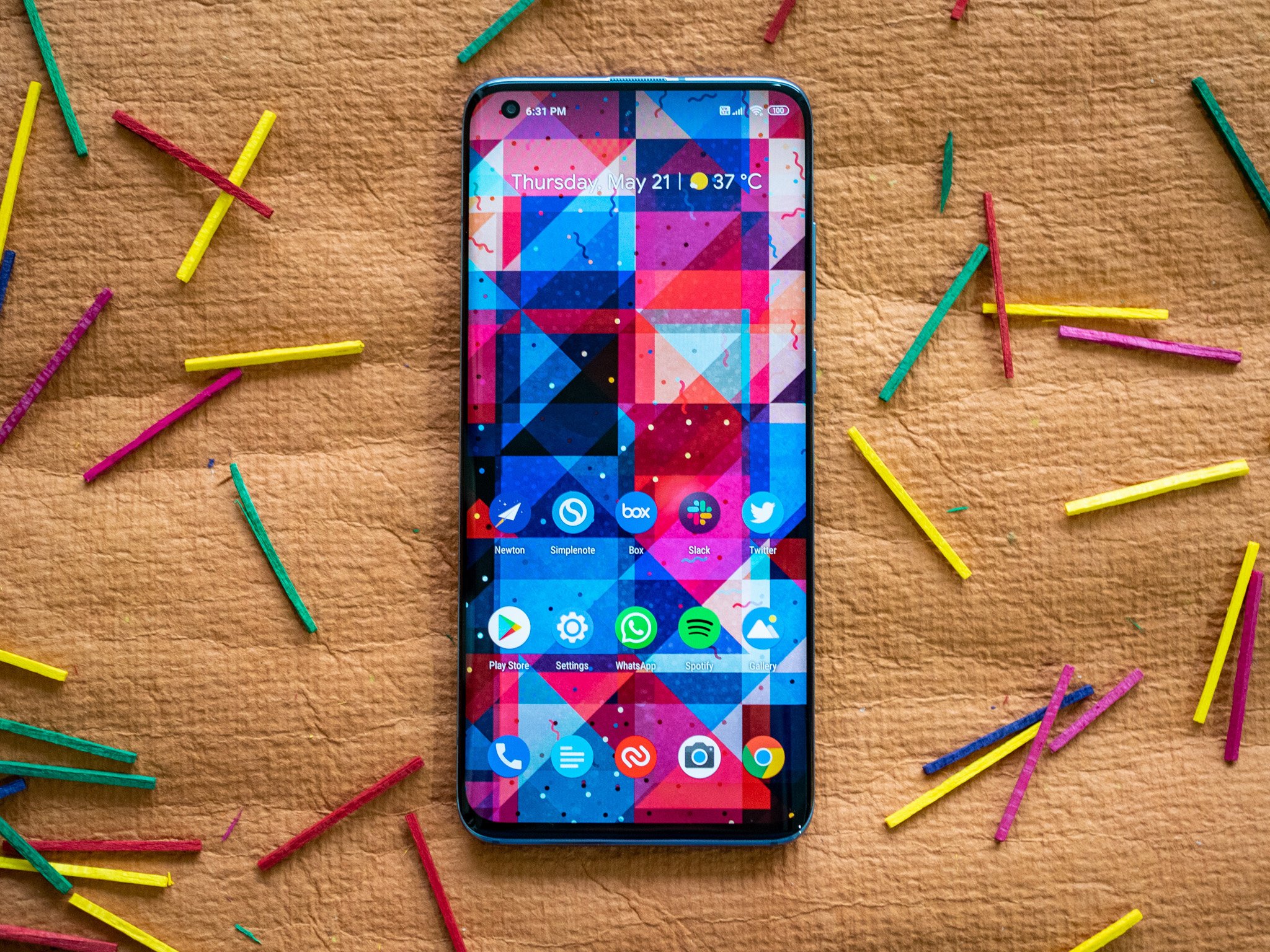
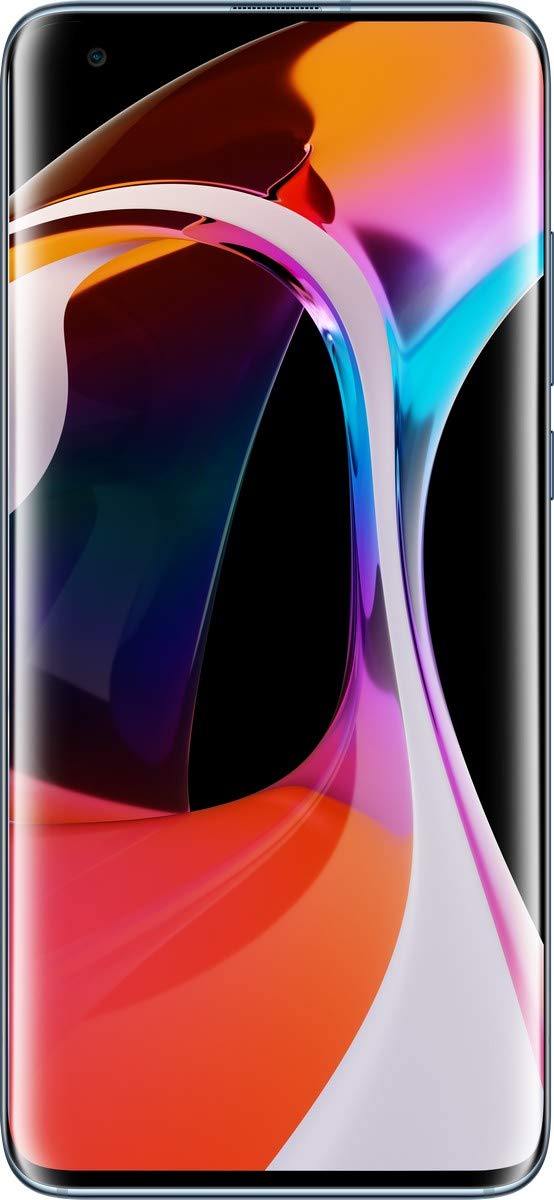
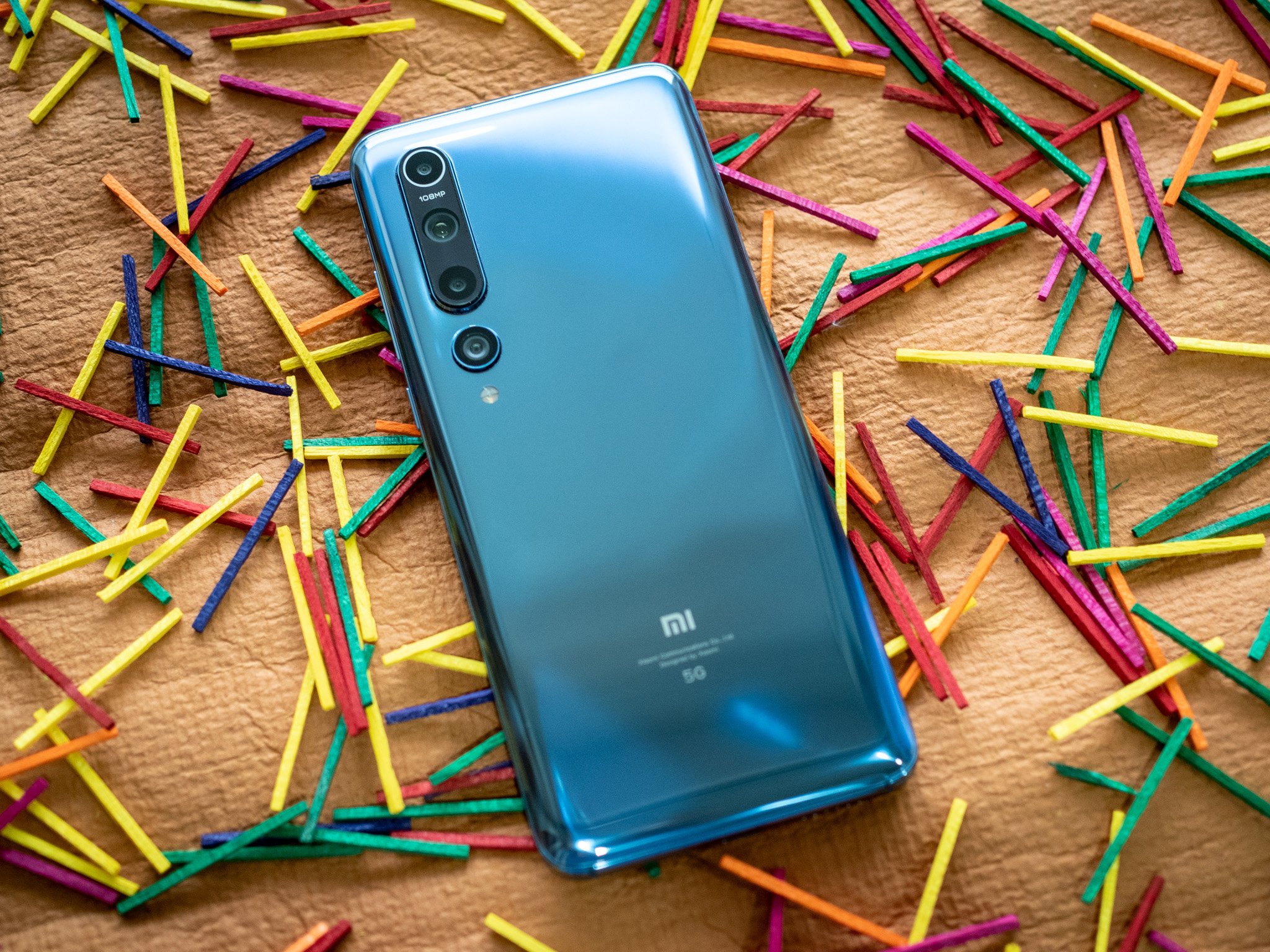
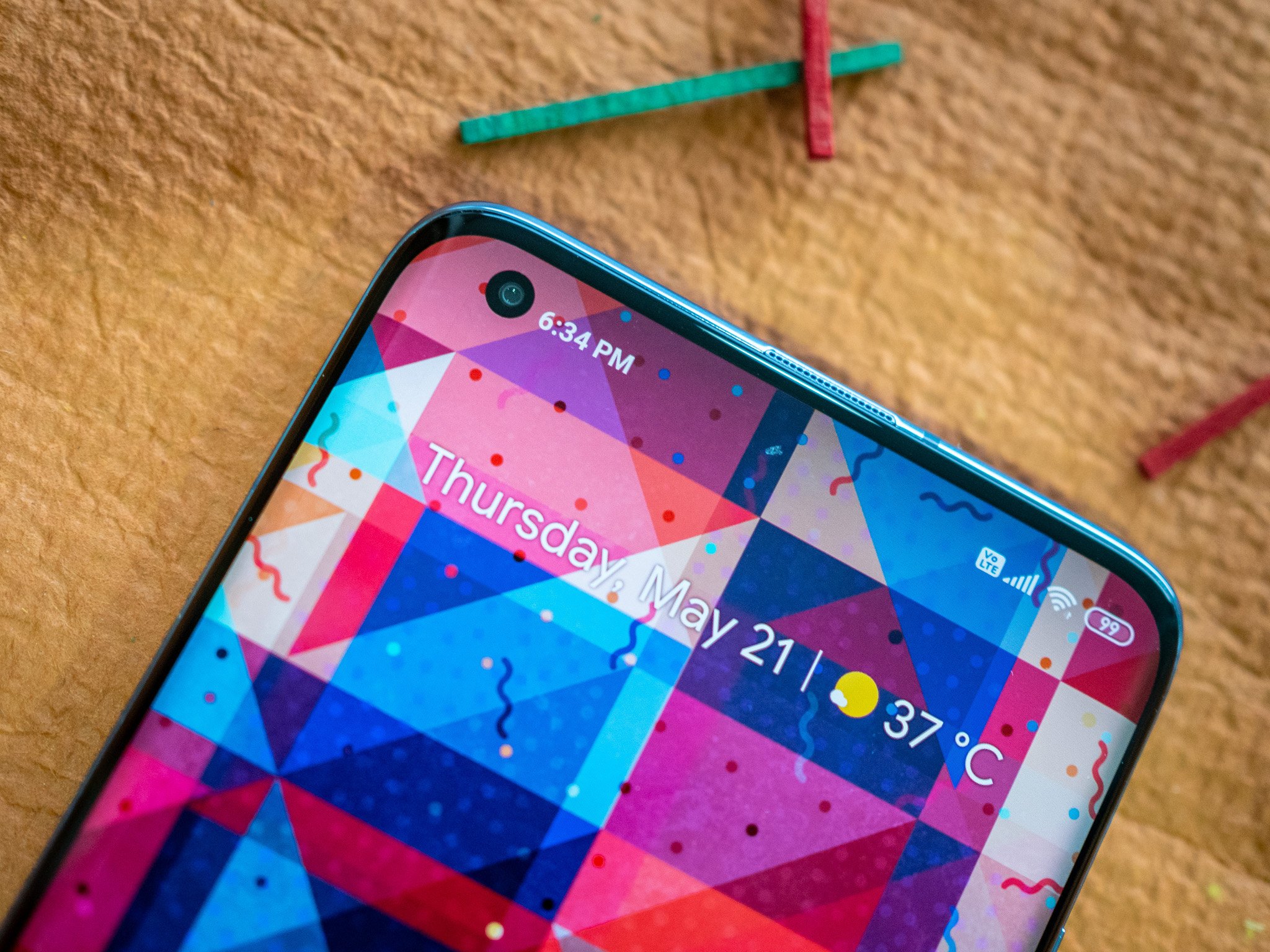
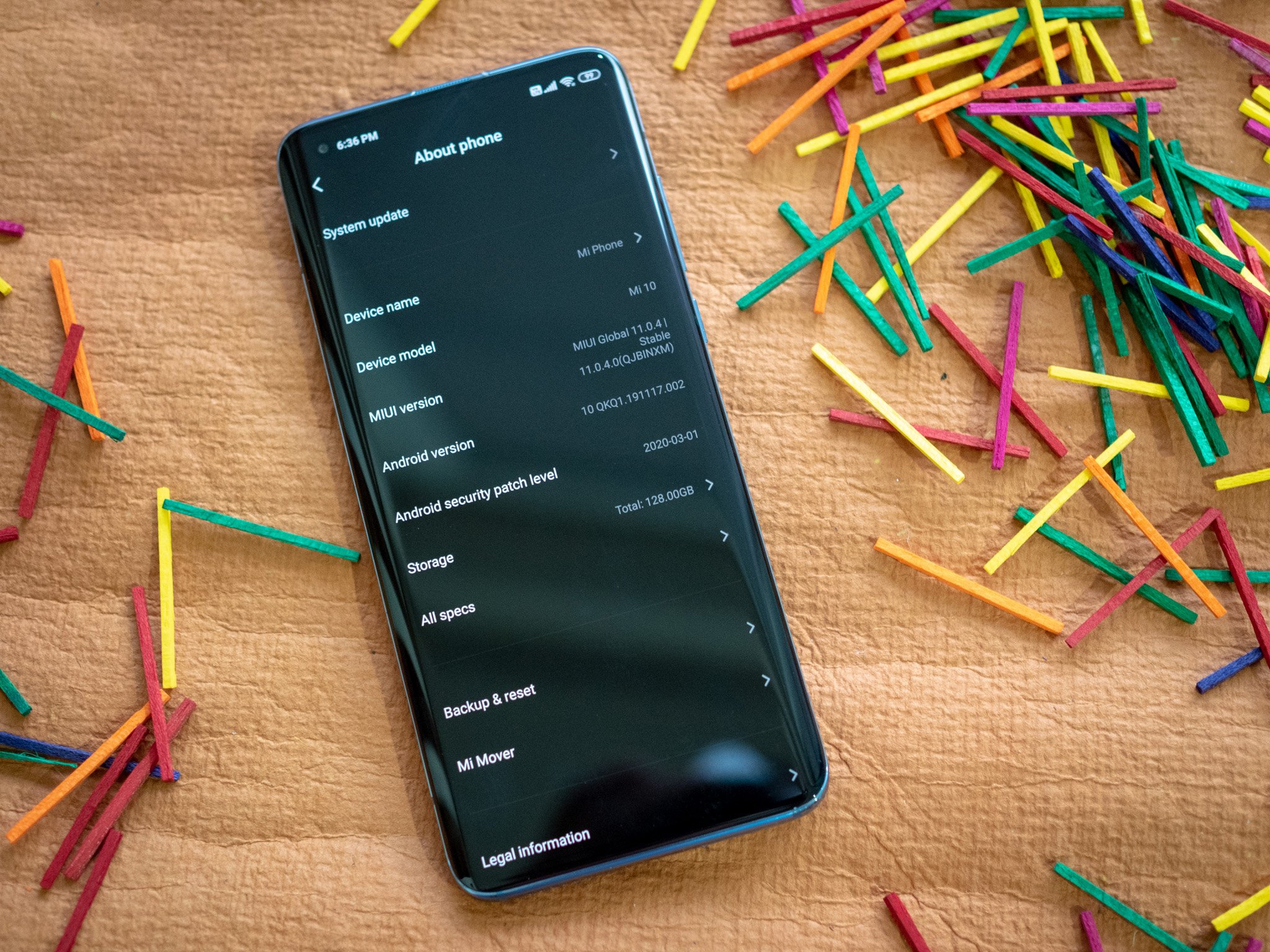
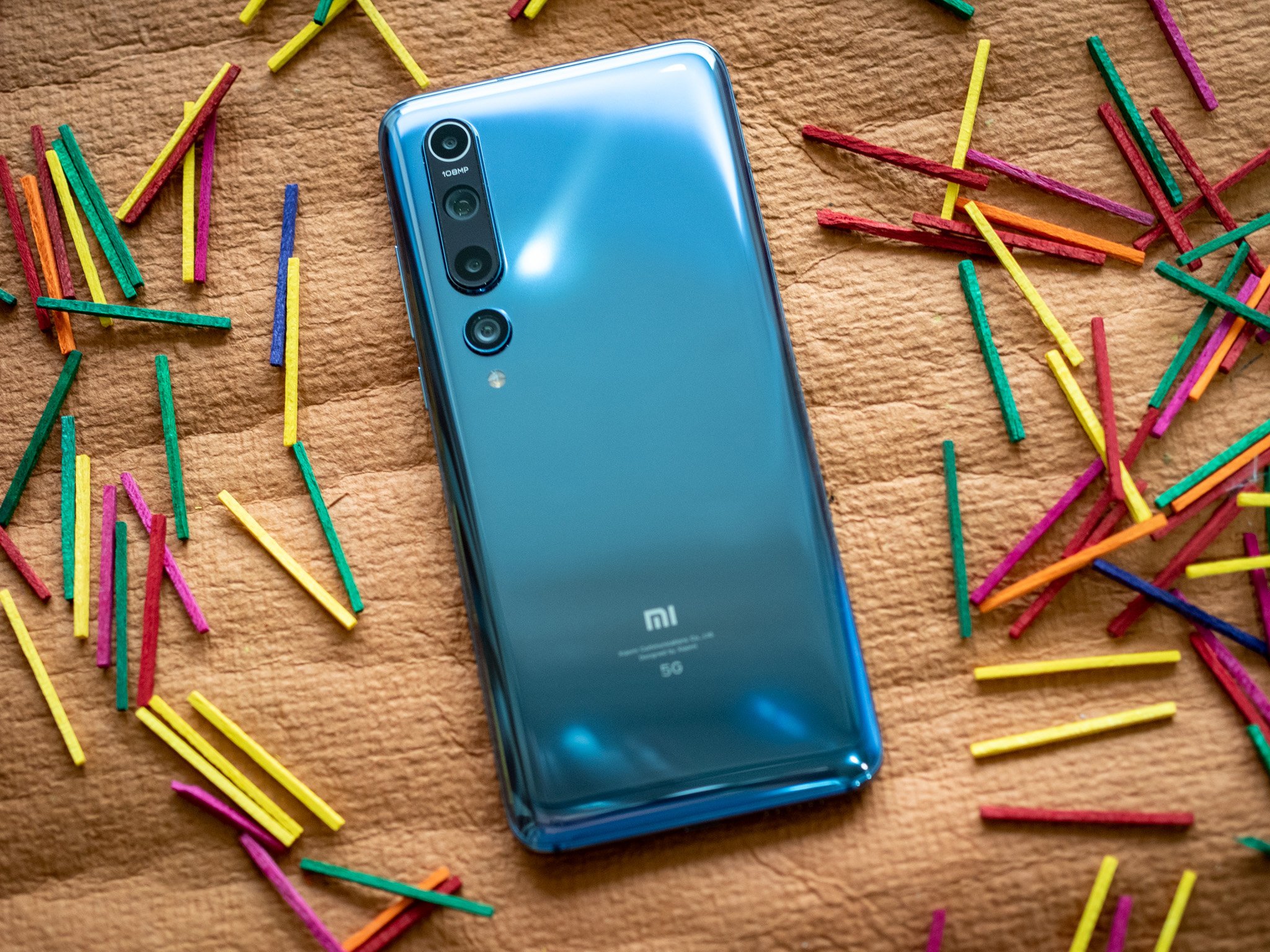
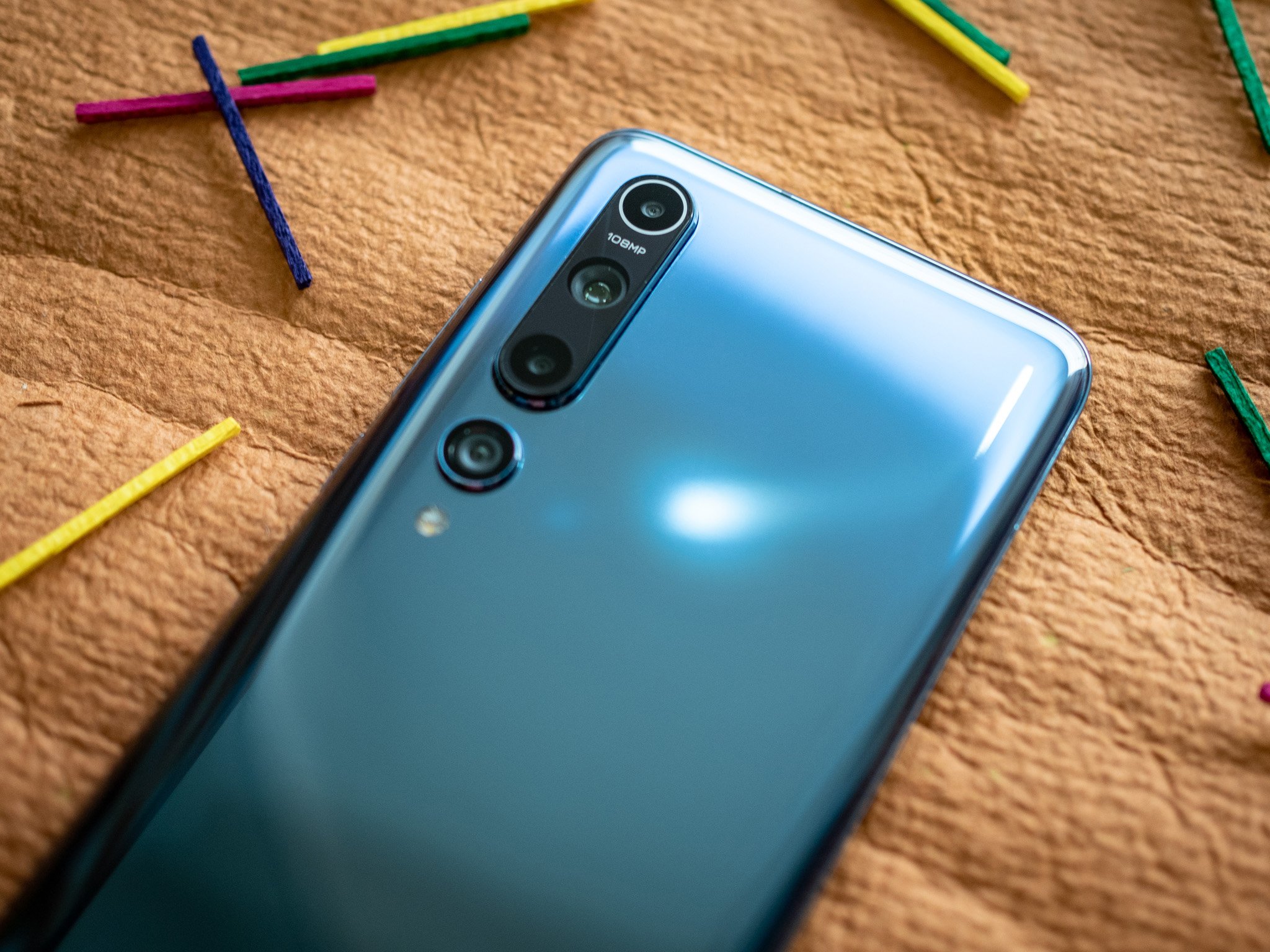

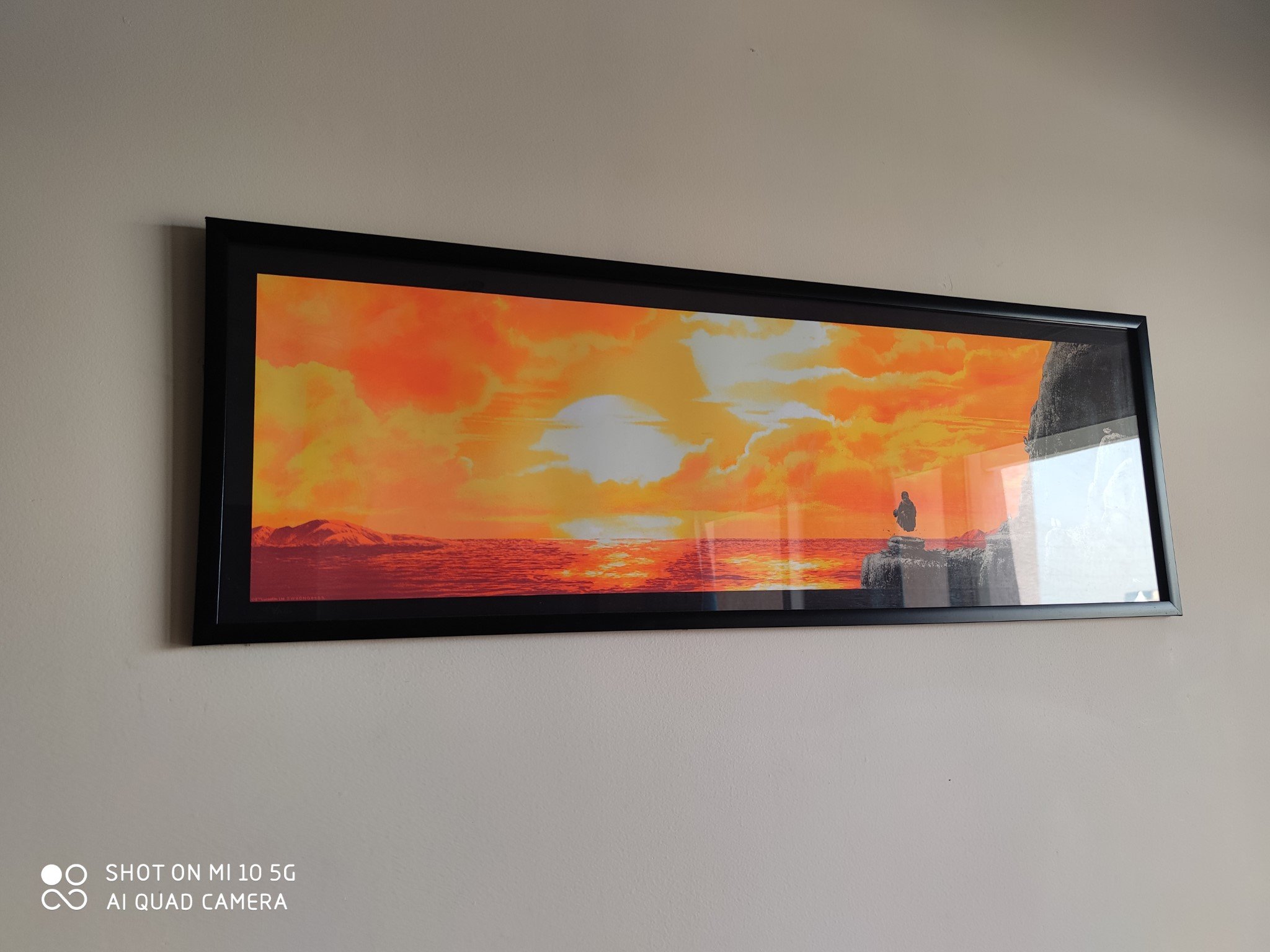


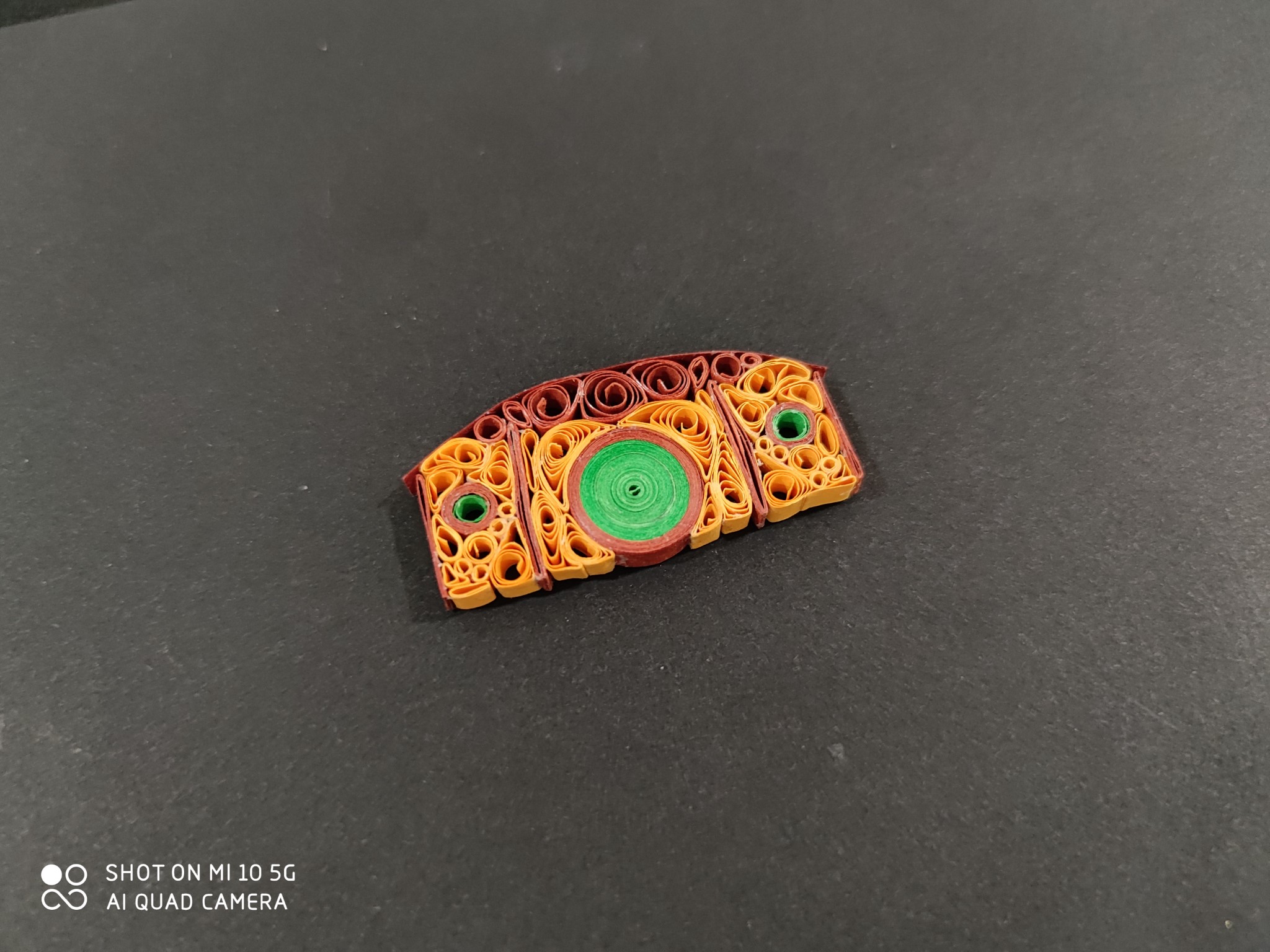
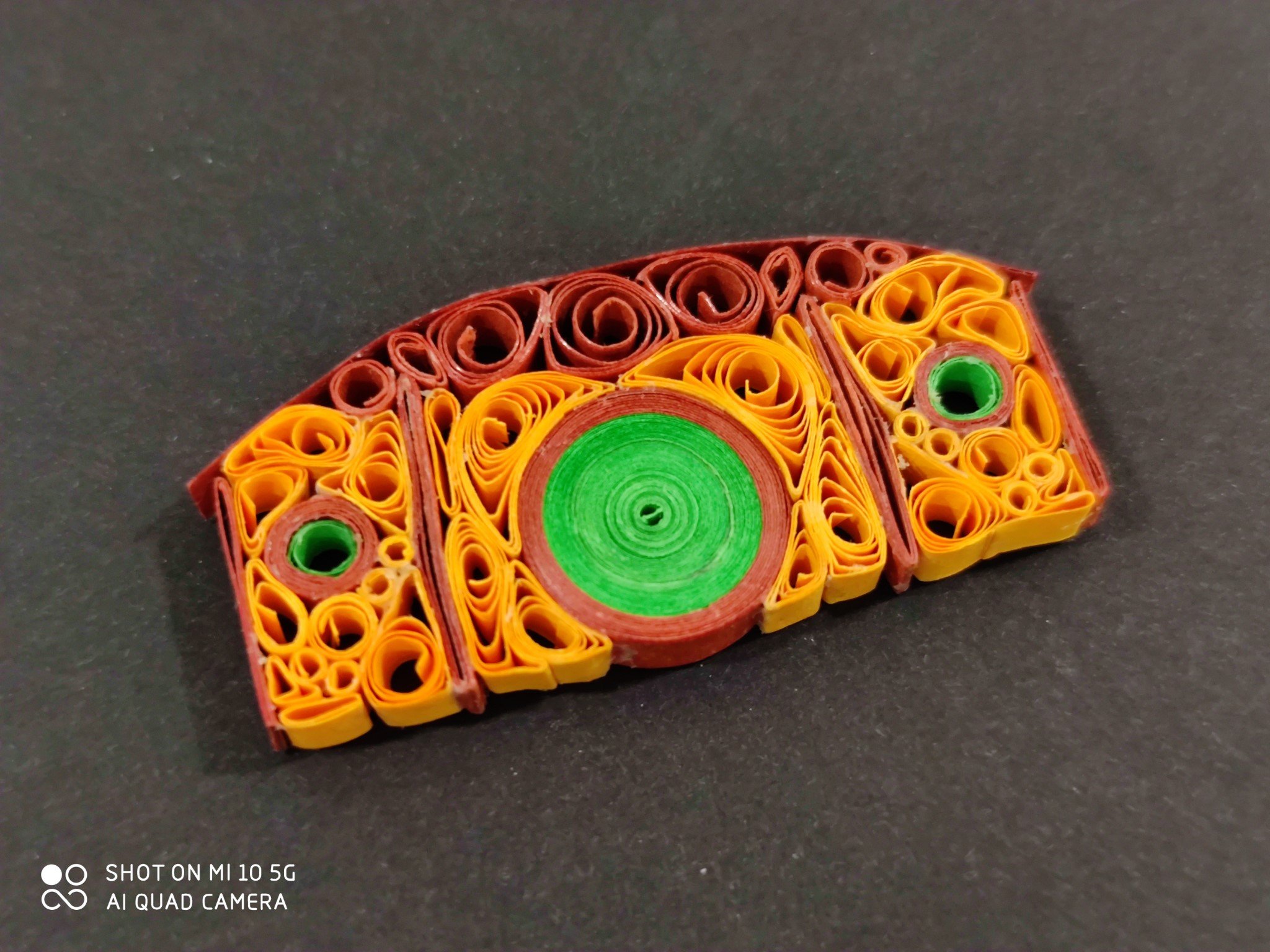
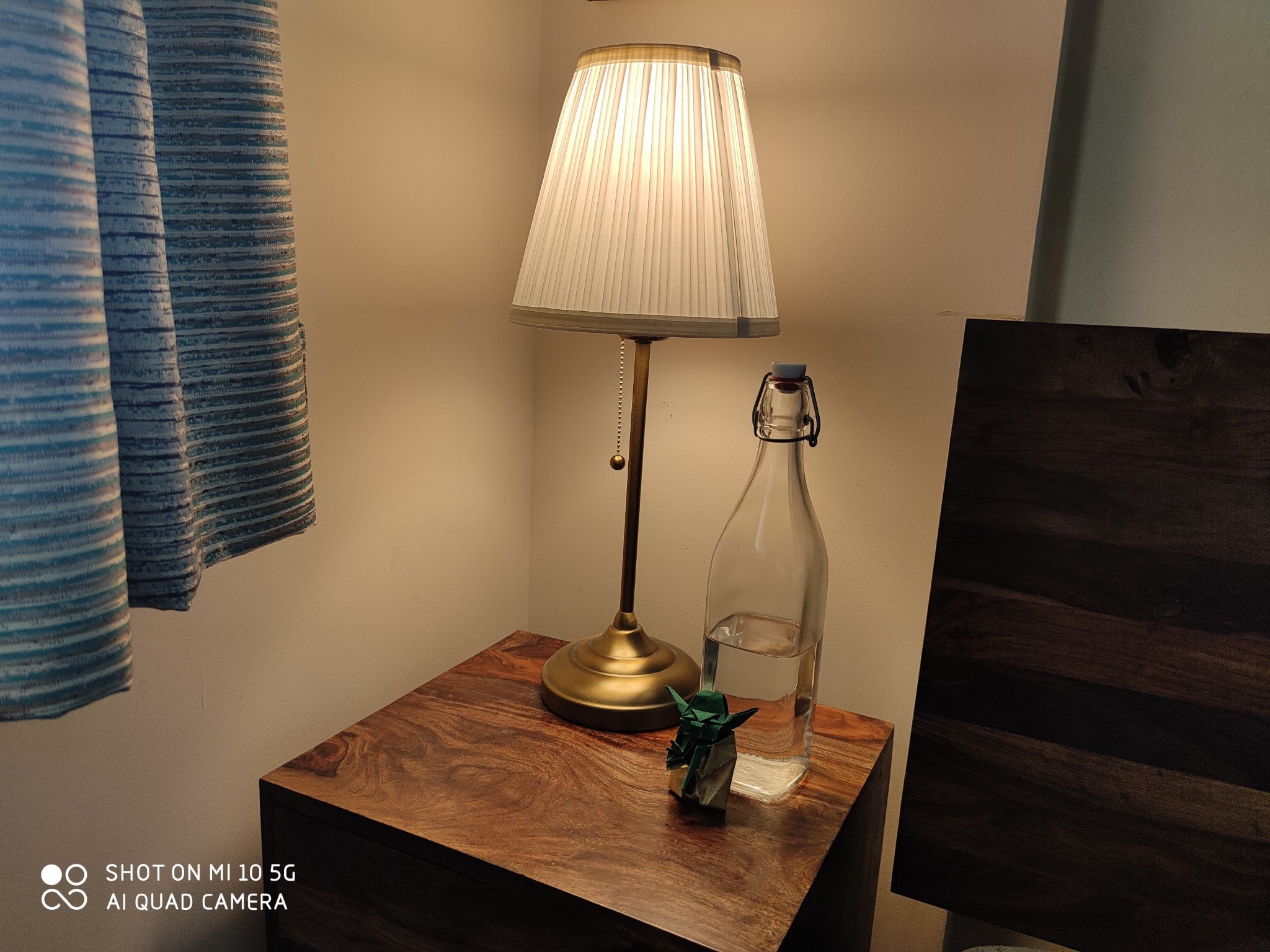
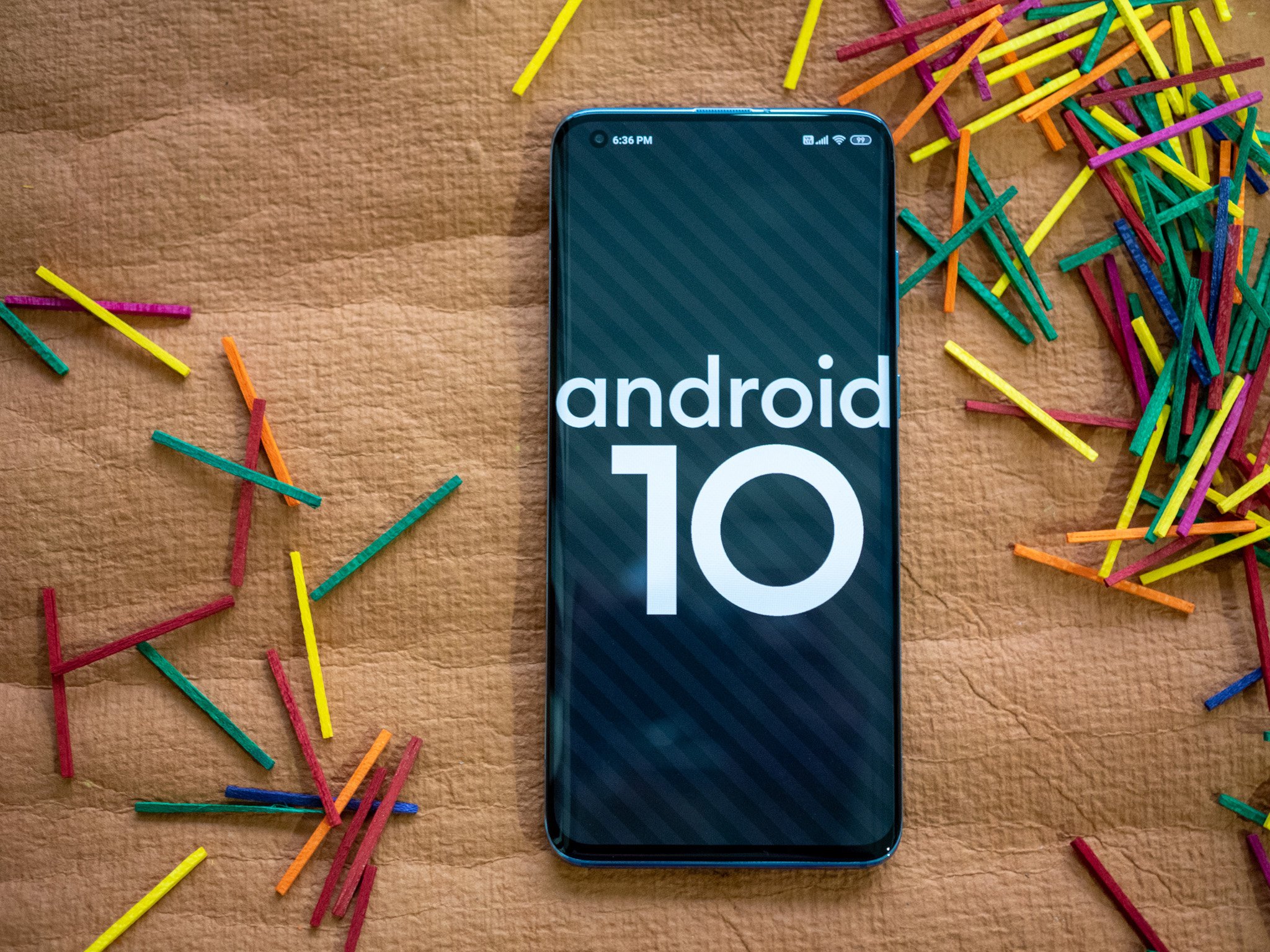
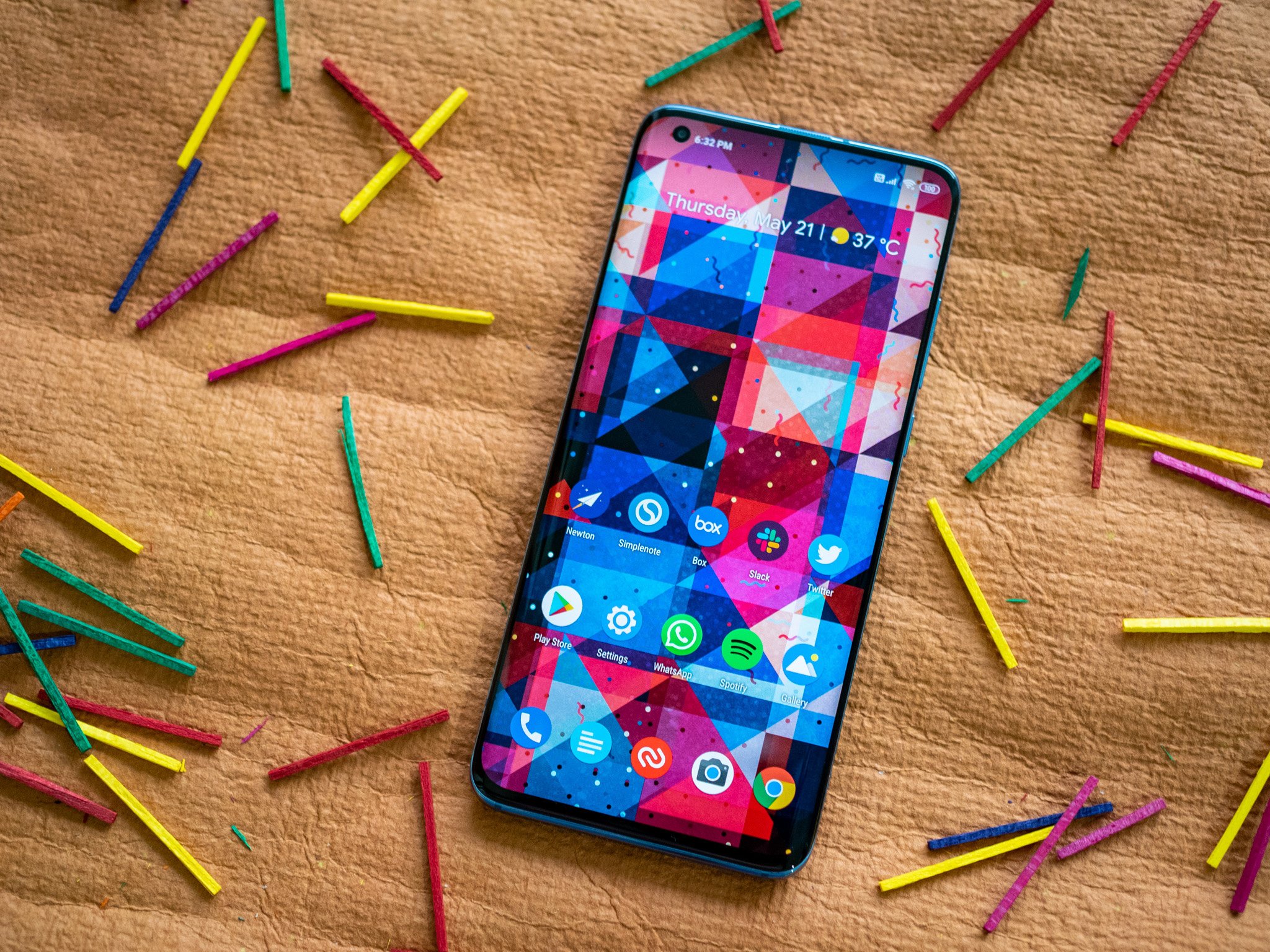
Tidak ada komentar:
Posting Komentar